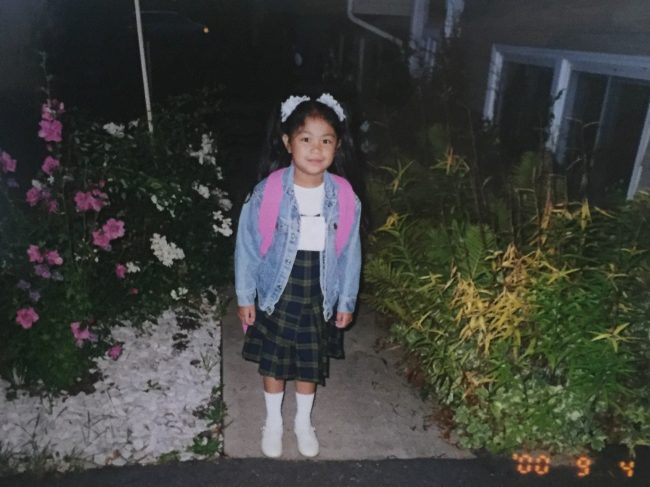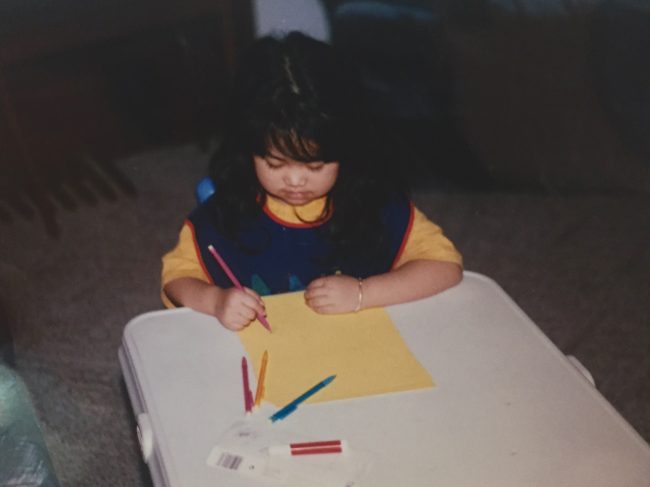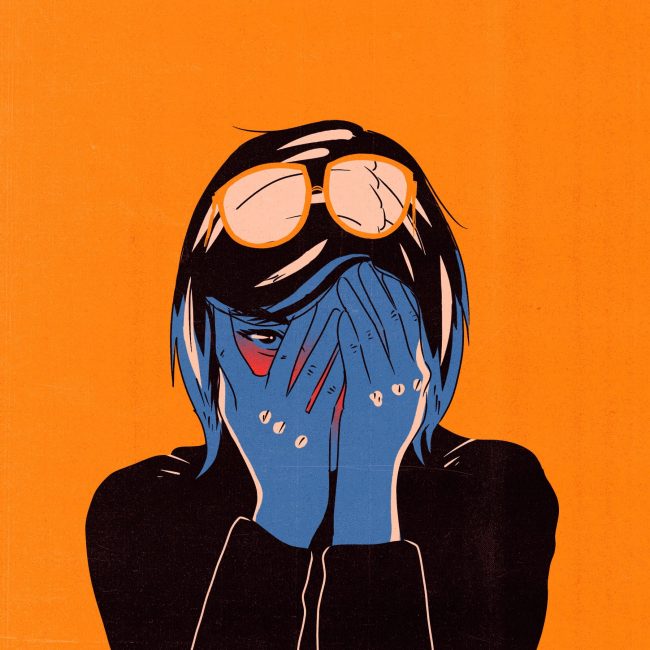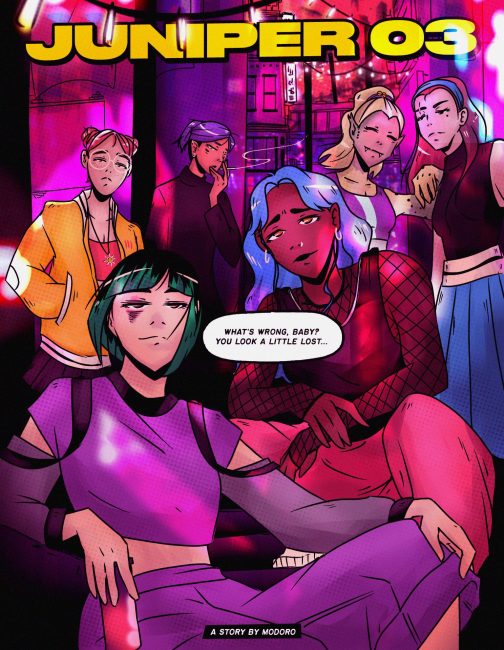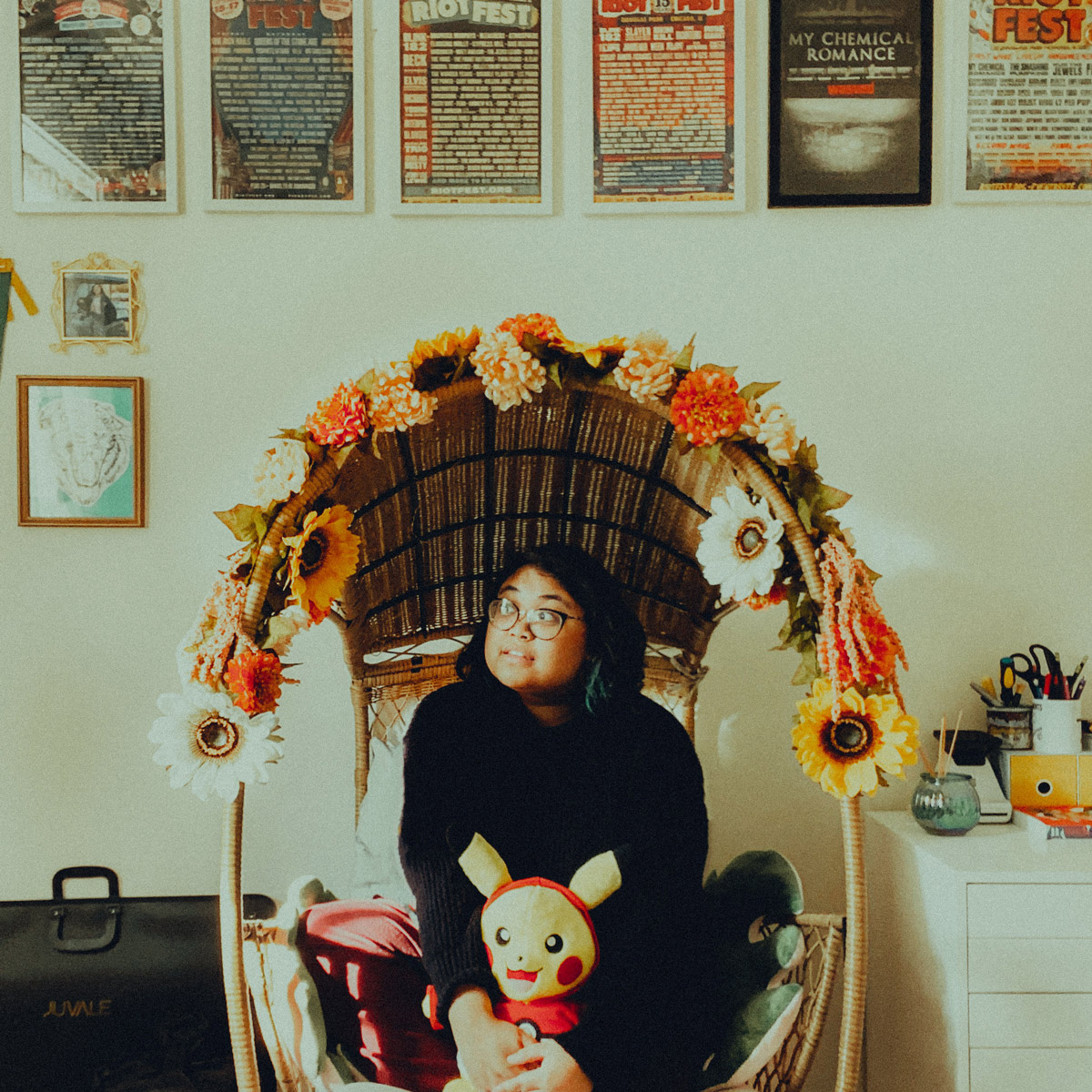
Growing up my dad used to tell me that one day I’d be carrying the torch for our family, which is an incredibly daunting responsibility. I shied away from accepting that as a kid, I didn’t really believe I was, or could be, worthy of carrying anything that important. Yet I’m very lucky my parents instilled a great sense of Asian pride in me. They always made sure to tell me the color of our skin and the spark of our culture is something to be proud of and so I always cherished it. I keep that flame safe and close to my heart.
However, despite being so proud of being Asian my parents would say things like “just keep your head down,” “don’t do anything that’ll make you stand out,” or “don’t be too loud.” There is an unfortunate myth within Asian communities about being the “model minority.” If we are seen as educated, well-mannered, well-spoken, and successful we are set apart from other communities of color, the hope is to “prove ourselves” to our white counterparts. It’s an antiquated, racist idea that was forced onto Asian immigrants by white Americans but unfortunately it became part of many Asian American and Asian immigrant ways of living.
And so I spent most of my childhood life doing exactly that—being the “model minority.” I excelled in my studies, did what I was asked, and did my best to make sure I never raised my voice or fussed over anything. But this started to change when I grew into a teen, started making more art and, truthfully, started sneaking out of the house to go see basement shows.
Breaking out of that mold made me realize that I wasn’t content being mild-mannered and muted. So I started to make art that was bold and bright. I used that cultural flame I kept close to my heart and let its warmth and brightness spread throughout everything I made. My art began to mirror color palettes from the Philippines and Japan; movement and textures that reminded me of their respective bustling city streets. I felt a sense of myself in the vibrancy. For teenage-me, making art that was bright felt like home.
But sometimes I still wish I could truly be as loud as the colors I use.
Even with this color filled coming-of-age, most people in my life can share stories of my terrible history of not sticking up for myself. Much like choosing colors, I try to be intentional with the words I speak and how I convey myself to others. It takes time for me to think of what to say but I’ve come to learn not everyone is deserving of that kind of time or thoughtfulness.
At 26, I wish I had spent less time in my early twenties biting my tongue and more time telling bands that using Japanese (or Chinese, or Korean, or a neanderthal combination of the three) to make their merch look “edgy” is a misguided, racially insensitive idea. Using a different language doesn’t equate to the appreciation of the culture it comes from.
I wish I had spent less time quietly in my head and more time yelling about how asking me to draw an oversexualized anime girl on a hoodie perpetuates the fetishization of young Asian, especially Japanese, women. Things like this keep the gate open for people, especially white men, to believe young Asian women deserve to be victimized and violated because of how they’re portrayed in the media.
I wish I had spent less time writing emails that said “I don’t think this project is for me” and more time asking “what do katanas, kimonos, and cranes have to do with your all-white guy band?”
Even in the moments I raised my voice—like asking a band to credit me as their designer, telling a manager their band called me unrepeatable slurs, or asking friends to donate to Asian organizations—it doesn’t feel loud enough or it feels like no one bothers to listen. It’s discouraging not feeling heard. And it’s that discouragement that can make you believe that staying quiet means you can avoid feeling embarrassed or ashamed about raising your voice to begin with.
Just keep your head down. Don’t do anything that’ll make you stand out. Don’t be too loud. It’s easy to fall into that sort of trap; into quiet complacency. I can’t always let my art speak for me. As loud as it can be, without it I’m just me. And how loud am I? Am I loud enough? How much louder can I be? I don’t think my voice is the only one that speaks for Asian Americans and immigrants but it might speak for some. The torch I have might be a beacon for someone else, but how can I be proud to hold my torch one day when I rely on the comfort of holding my flame close to the vest?
These days I’m learning to be as loud as the colors I use. I’m learning that when I speak, there are people who are listening and that’s what should matter. Although this music scene I work in lacks an abundance of Asian representation I realize that I am part of the representation that is already here and I am not alone. There are incredible individuals in this music scene (and beyond) who are beautifully blazing their own trails. Though sometimes I still feel unworthy to hold the torch in my hands, it’s important I hold it high—even when I feel unheard or unseen.
There’s a Filipino saying that goes “Matibay ang walis, palibhasa’y magkabigkis” that translates to “a broom is sturdy because its strands are tightly bound,” and that means we are stronger because we stand together. And if being who I am brings comfort to someone out there who looks like me or wants to do what I do, then it’ll become a little easier to lift my flame a little higher than I’m used to.
I will be as loud as, or louder than, the colors I use… so that you can be unafraid of being loud, too.
—
Keep up with Mo Doron:

